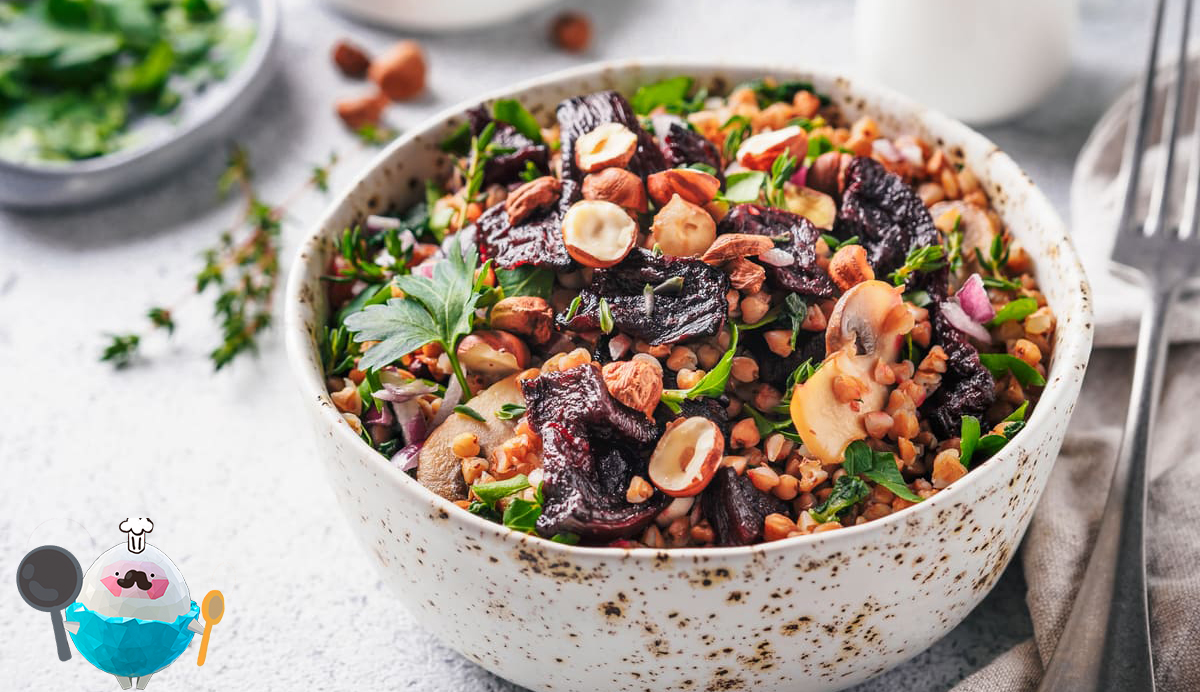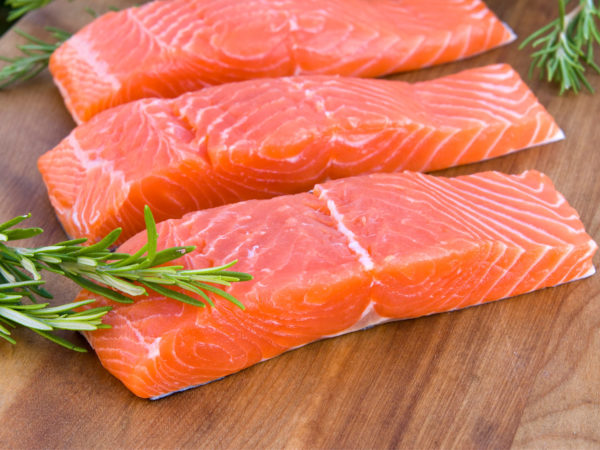Best Superfoods That Women Should Eat Regularly
1. Salmon
Image credit: Olenamykhaylova/Getty Images
Salmon is a rich source of vitamin D and one of the best sources of omega-3s fatty acids you can find. These essential fatty acids have a wide range of impressive health benefits—from preventing heart disease to smoothing your skin and aiding weight loss to boost your mood. Unfortunately, many women aren’t reaping these perks because they're deficient. Omega-3s also slow the rate of digestion, which makes you feel fuller longer, so you eat fewer calories throughout the day.
2. Nuts
Image credit: MargouillatPhotos/Getty Images
In a nutshell: USDA researchers say that eating 1.5 ounces of tree nuts daily can reduce your risk of heart disease and diabetes. Walnuts are rich in omega-3s, while hazelnuts contain arginine, an amino acid that may lower blood pressure. An ounce of almonds has as many heart-healthy polyphenols as a cup of green tea. The key is moderation since nuts are high in calories. Keep a jar of chopped nuts in your fridge, and sprinkle a tablespoon on cereal, salads, stir-fries, or yogurt.
3. Beans
Image credit: AndreyGorulko/Getty Images
It’s hard to imagine a more perfect food than beans. One cooked cup can provide as much as 17 grams of fiber. They're also loaded with protein and dozens of key nutrients, including a few most women, fall short on—calcium, potassium, and magnesium. Studies tie beans to a reduced risk of heart disease, type 2 diabetes, high blood pressure, and breast and colon cancers. Keep your cupboards stocked with all kinds: black, white, kidney, fat-free refried, etc.
4. Fat-Free Organic Milk
Image credit: Naturalbox/Getty Images
Yes, milk does a body good: Studies show that calcium isn’t just a bone booster but a fat fighter too. Recent research from the University of Tennessee found that obese people who went on a low-calorie, calcium-rich diet lost 70 percent more weight than those who ate the least.
Milk is also a good source of vitamin D, which allows your body to absorb calcium. Research shows that adequate D levels can reduce heart disease risk, ward off certain types of cancer, relieve back pain, and even help prevent depression.
5. Broccoli
Image credit: Canyonos/Getty Images
Averaging just four weekly servings of veggies like broccoli, cabbage, and cauliflower slashed the risk of dying from any disease by 26 percent among 6,100 people studied for 28 years. For maximum disease-fighting benefits, whip out your old veggie steamer. It turns out that steaming broccoli lightly releases the maximum amount of sulforaphane, the active compound in cruciferous vegetables.
6. Oatmeal
Image credit: Samael334/Getty Images
Fiber-rich oats are even healthier than the FDA thought when it first stamped them with a heart disease-reducing seal 10 years ago. According to research, they can also cut your risk of type 2 diabetes. When Finnish researchers tracked 4,316 men and women over the course of 10 years, they found that people who ate the highest percentage of cereal fiber were 61 percent less likely to develop type 2 diabetes.
7. Blueberries
Image credit: Annamoskvina/Getty Images
Blueberries may very well be the most potent age-defying food—they’re jam-packed with antioxidants. Research shows a diet rich in blueberries can help with memory loss, prevent urinary tract infections, and relieve eyestrain. Add up to 1/2 cup of blueberries to your diet a day for maximum health benefits, recommends Ronald Prior, PhD, adjunct professor of food science at the University of Arkansas in Fayetteville. This alone provides just about double the amount of antioxidants most Americans get in one day.
Credit:
Dana Leigh Smith (Eat This, Not That)
The Editors Of Prevention






